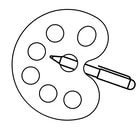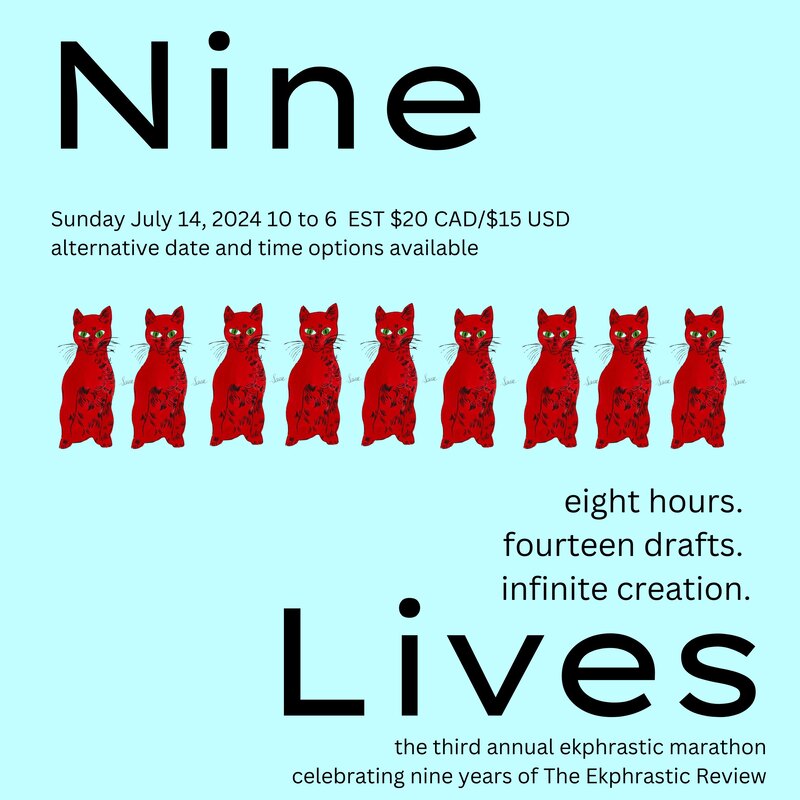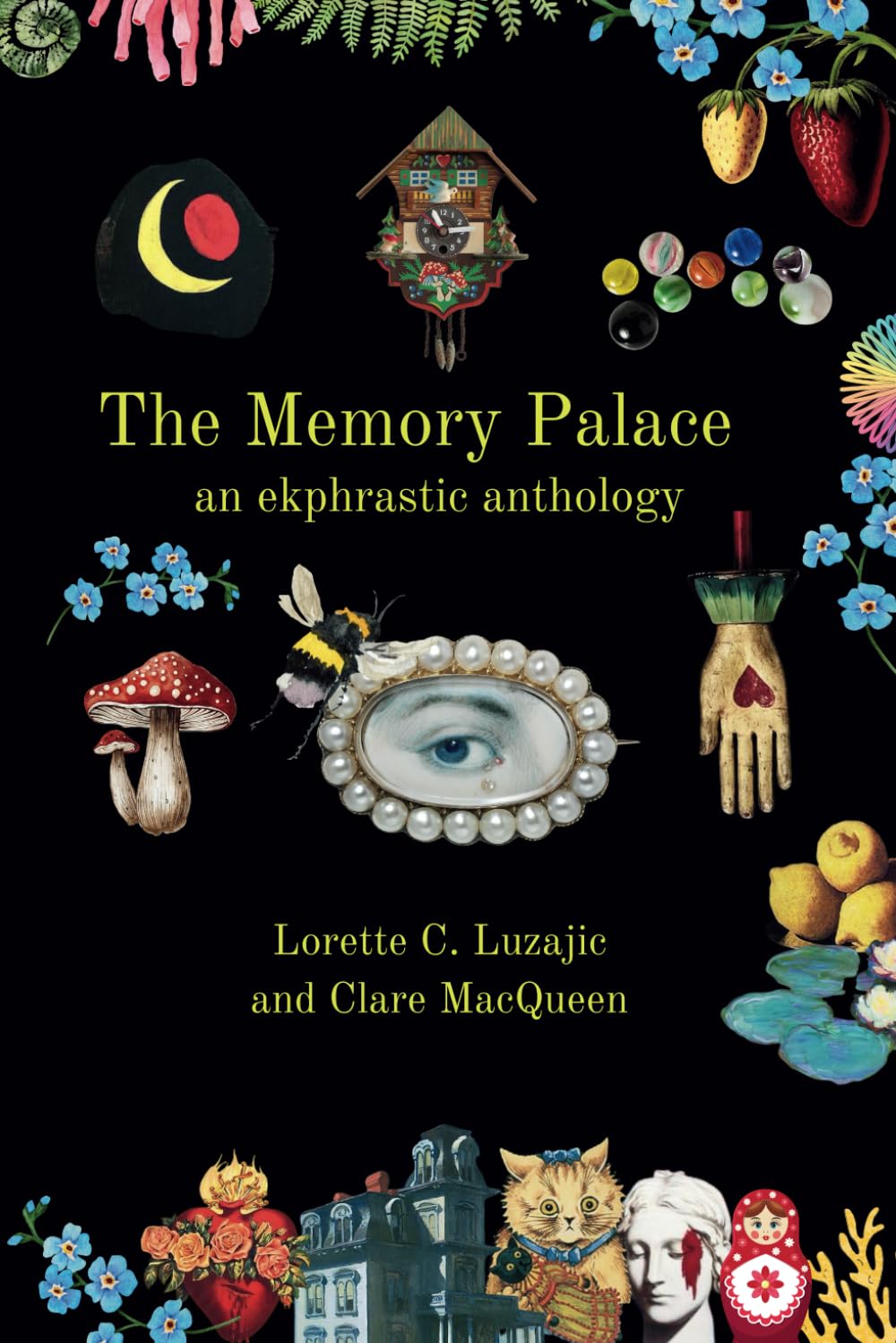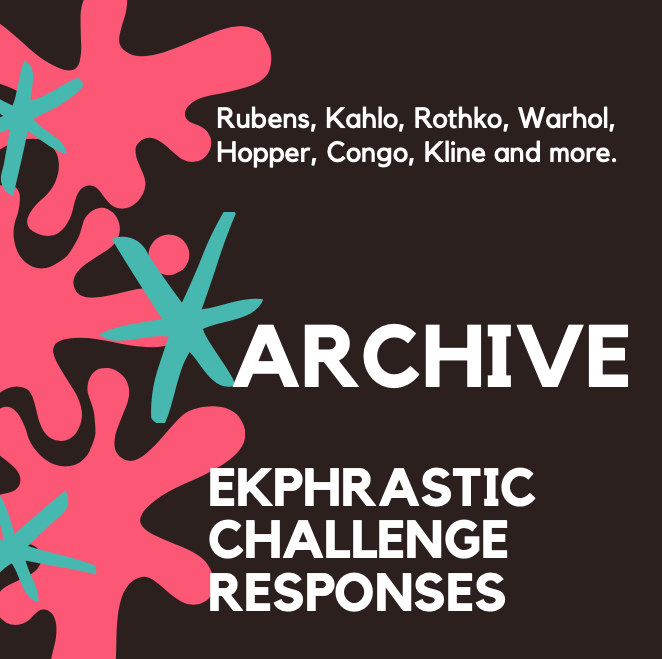|
INK It’s made from what remains: powder of oak galls, tincture of iron, thin wine or vinegar-- a mixture mysterious as a hag’s charm or potion aflame in a cauldron. How could these monks know in the future, twelve hundred years later, that their hooks and angles carved in the skin of a small herd of calves using pens cut with feathers would make us stop in our tracks, full of wonder, stunned by the mystery of the alphabet, the fastness of the word. ** GOLD Not precious metal, but the sun: yolk candled and cradled inside the thin shell. Or else it was orpiment, called yellow arsenic, shining loudly on the page. Not gilt flake or leaf, merely plain pigment, layer upon layer. Breath of the Holy Spirit made visible darkness transfigured into light. ** KERMES RED For the Book of Kells, monks made Kermes red, bled from crushed bodies of small pregnant insects. Not the red lead of minium, rusty red-orange, but bluer, truer, to scarlet, to flame. Look how its placement makes gold gleam, a dream of a color that burns to set your yearning heart aflame. ** CAPITALS In the Book of Kells, 2000 capitals, no two alike. Animals, humans, plants twisted and interlaced to form letters: petals, stems, branching patterns. The line “Remember Lot’s wife” begins with a salty white face looking backwards, framed in the heart of the capital. “Paying taxes to Caesar” starts with a capital T in Latin, made up of a little man with his neck torqued and straining, his arms outstretched, reaching through a tangle of ribbon to catch a bird in flight. The Pharisees tried to snare Jesus in their net, but he flew away. The Sermon on the Mount has eight capital Bs for Blessed, four of them human, four of them swans, whose long necks outline the right-hand side of the letter. I would like my letter B to be embellished, emblazoned in orpiment, lapis lazuli, red lead, copper green, woven out of flowers and leaves, knots and curlicues. I would like to be scratched into vellum with the quill of a swan, delineated in brown oak gall. Bend me, lord, like a human pretzel, fit me into the form you desire. Let me shine like crushed foil, let me become a perfect design. ** SNAKE Symbol of the resurrection, slithering and hissing down the page. The monks believed a snake was restored to youth whenever it shed its skin. But then there was the snake in Genesis, the loss of innocence, the great fall: a double-edged sword, a forked tongue. In the Book of Kells, some snakes are made out of abstract interlace, while others form complete borders: serpentine coiling interweaving fretwork tracery: S. ** PUNCTUATION Some parts of the Book of Kells are punctuated, not by ordinary marks like ampersands, colons, exclamations, commas, but like this: a horseman’s foot points like an arrow on a one-way street, drawing the eye to the text Et tertia die resurget. Instead of brackets, tiny animals. When a word didn’t fit on the line, they placed the extra syllable in the space over the line or tucked carefully under the unfinished word, guarded by the outstretched wing of a bird or the front paws of a dog. The scribes called this “putting the head under the wing” or “taking the turn down the path.” I’d like to insert little animals into modern English: ladybugs instead of periods, question mark earthworms, starfish asterisks, squirrel-tail commas, and ellipses, a fine line of industrious ants, ever marching. . . . Barbara Crooker All of these poems are from Barbara's book, The Book of Kells (Cascade Books, 2018.) Barbara Crooker is the author of many books of poetry; The Book of Kells and Some Glad Morning are recent. Her work has appeared in numerous anthologies, including The Bedford Introduction to Literature, Commonwealth: Contemporary Poets on Pennsylvania, The Poetry of Presence and Nasty Women: An Unapologetic Anthology of Subversive Verse. www.barbaracrooker.com
1 Comment
12/14/2020 01:47:20 pm
Beautiful, beautiful, beautiful! Can't say it often enough (wrote to Barbara when the book was published)--the images are as vivid in the poems as they are on the page, and the musical assonance, the almost-rhymes, the echoes of other poets of faith, make them dance.
Reply
Your comment will be posted after it is approved.
Leave a Reply. |
The Ekphrastic Review
COOKIES/PRIVACY
This site uses cookies to deliver your best navigation experience this time and next. Continuing here means you consent to cookies. Thank you. Join us on Facebook:
July 2024
|



